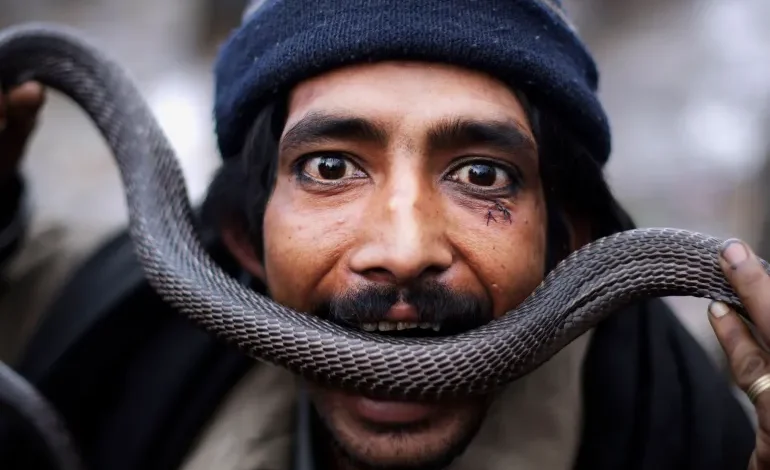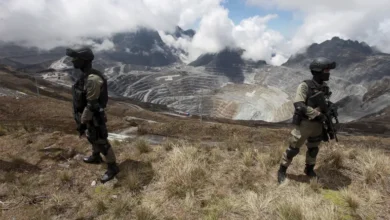Are snakebites rising in South Asia — and what’s responsible?

In 1950, Roald Dahl wrote a short story titled Poison. The tale, set in colonial India and often found in deckle-edged children’s anthologies, tells a riveting story about racism.
In the story, a striped snake called a common krait slithers on the stomach of one of the main characters. The journey to save the character from the krait’s bite brings the plot to a panicky crescendo, to reveal that the poison was racism all along.
The krait possibly worked as an excellent metaphor because the fear of poisonous snakes is very real and pervasive in India, among other South Asian countries including Pakistan, Nepal and Sri Lanka.
Hence, snakes have slithered their way into folklore, pop culture and media, but incidents of venomous bites may also be rising.
The World Health Organization estimates that 5.4 million people worldwide are bitten by snakes each year – half of those by venomous snakes, causing 100,000 deaths.
Snakebites in South Asia contribute to almost 70 percent of these deaths. Research from India alone indicates that 58,000 deaths result from about one million cases of snakebite envenoming there each year, the WHO said. Worryingly, this is likely to rise. A 2018 study from the University of Kelaniya in Sri Lanka also concluded that climate change is likely to increase the number of snakebites.
The WHO announced last year that it is stepping up its work to prevent snakebites in South Asia, which it describes as a “biodiversity hotspot for venomous snakes, and is also home to some of the world’s most densely packed agrarian communities”.
Where do snakebites occur most frequently in South Asia?
Data about snakebites in South Asia is patchy, a fact which prompted the WHO to add snakebite poisoning to its list of neglected tropical diseases in June 2017.
No official data has been available from Pakistan since 2007, when 40,000 snakebites occurred, killing 8,200 people, according to the WHO.
Nepal’s official Ministry of Health and Population does not have official data for snakebite deaths, either. However, a study carried out by doctors in Nepal showed that 40,000 people are bitten by snakes every year there, too, of whom about 3,000 die.










